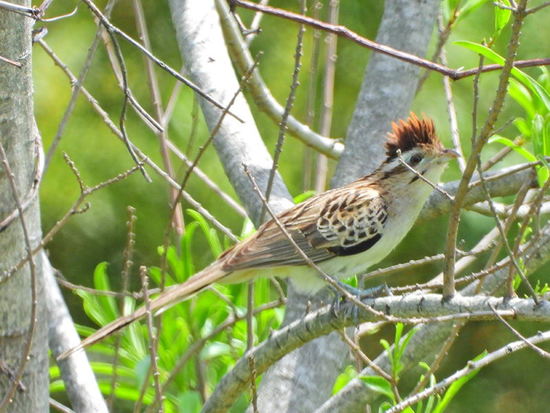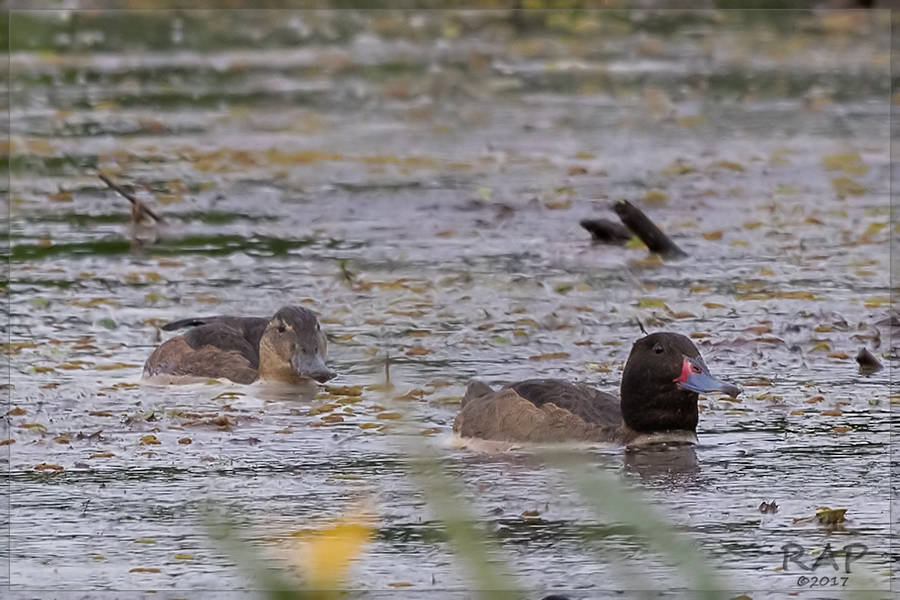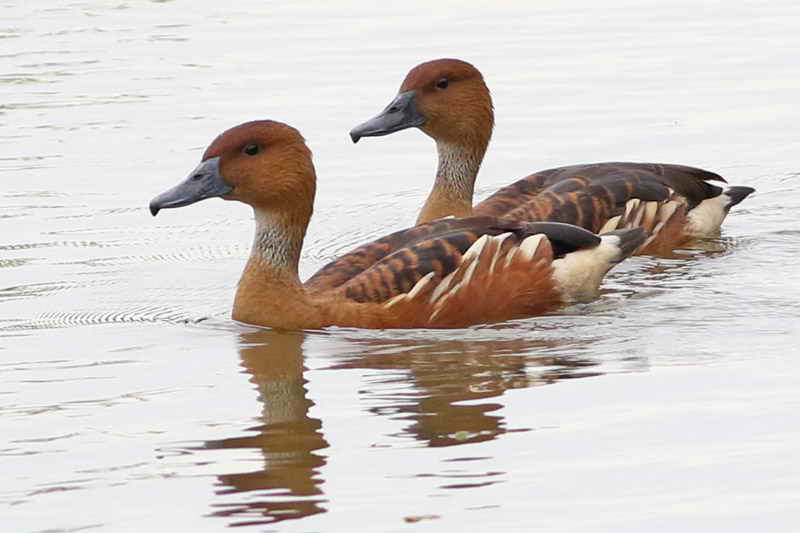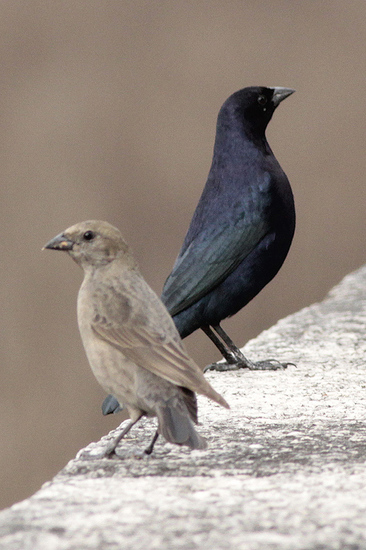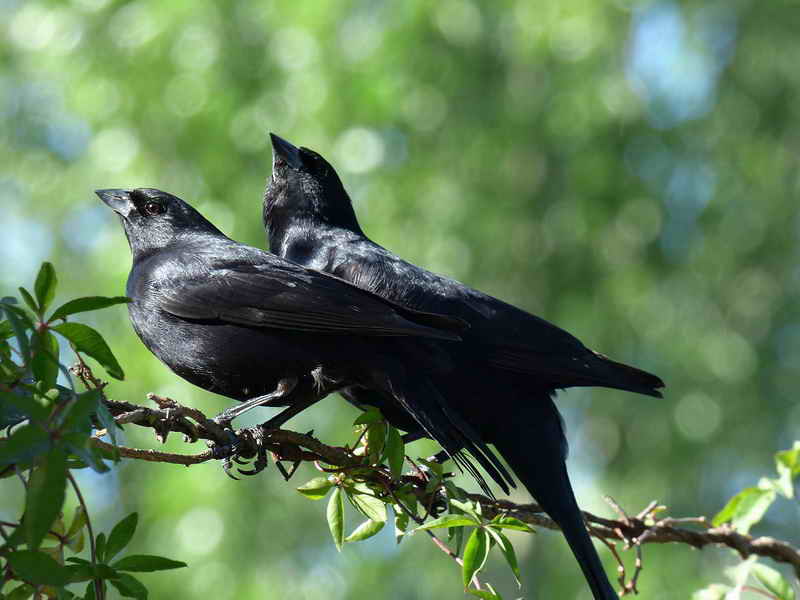Brood parasitism
Parasitism is a biological interrelationship in which the parasite exploits the host to cover basic an vital needs. In this interrelationship the parasite is benefited since it receives a service in change of nothing.
The brood parasitism is related to reproduction. The parasite's benefit is that eggs are incubated and chicks reared by the host. So the host does the hard work and it is most likely its own clutch will not prosper.
This relation has different properties. It is obligate when the parasite can no longer build its own nest and has no other alternative than turn to the nest of other birds. It is facultative if the parasites can either build their own nest o parasitize.
If the parasitic species targets only one species is said to be a specialist. If it affects several, a generalist. The term generalist is applied at population level, not at an individual level. Shiny Cowbirds Molothrus bonariensis are known to parasitize some 250 species in their distribution area, but does one Shiny Cowbird parasitize the same species or several?
If parasitism affects the same species it is intraspecific. If it affects another, it is interspecific. In the case of obligate parasites it is redundant to speak of interspecificity since parasites have no choice but lay eggs in other species' nests since they can not build their own nests. But facultative parasitism may be intraspecific, interspecific or both at the same time.
Most cases of facultative parasitism is found in anatids. If it is intraspecific all ducklings are alike, so they must be detected through DNA studies or watching the behaviour of ducks. We must add that in the case of ducks parasitism is much lighter since ducklings feed by themselves. The host only incubates eggs and is relieved from the hard task of feeding chicks.
Obligate parasitism occurs in approximately 1% of the bird species and is concentrated in only 5 families (Cuculidae, Estrilididae, Indicatoridae, Icteridae and Anatidae). The cuculids have the greatest number of parasitic species and anatids have only one.
Parasitism in the reserve
In the reserve we know about five parasitic species though we de not have records of all of them. They belong to three families: Cuculidae, Anatidae and Icteridae.
In all the cases parasitism was detected when the adopted fledglings were being fed by their fostered parents or within the clutch like in anatids.
Next all the parasitic species. In Cases of parasitism you can find all the records.
The shiny cowbird is a generalist but it is not known whether a female parasitizes several species (host-generalist relation) or only one (host-specialist relation) or if inside a population some females may be specialists and some others generalists. There are two hypothesis: if they follow their foster parents' imprinting they will be specialists. If they follow the type of nest they were reared in, they will be generalists. The Shiny Cowbird may lay white or spotted eggs, but their chicks are not mimetic.


